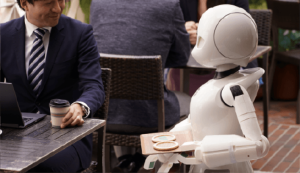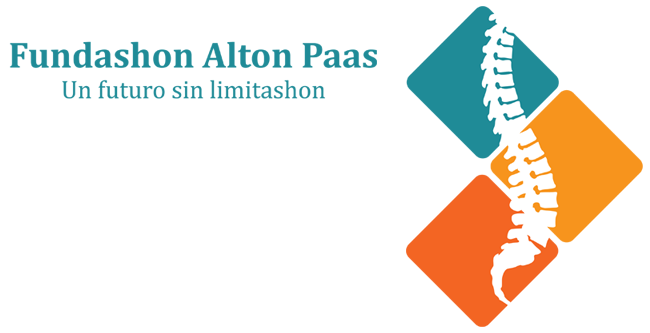
In a win-win outcome for patients with spinal cord injuries and Japanese startup tech company Ory Lab, robotic waiters are working full shifts, allowing spinal cord injury sufferers to work by proxy.
Technological innovations, whether nano-sized or full-scale, have been offering a range of surprising capabilities that offer improvements in quality of life or life expectancy.
In fewer areas, the impact has been more dramatic than with people suffering from various spinal cord injuries.
From miniscule implants that go directly into the spine to employing robot assistance in spinal surgeries, these inventions are changing the way we think about the once fate-determining injuries.
Entering into the discussion is Tokyo-based tech company Ory Lab. The startup decided to employ its robotic waiters, named OriHime-D, to serve customers at the Dawn Ver Beta café.
However, the work conditions are a bit different: they were completely controlled by people with spinal cord injuries who face severe mobility issues.
The Plan Takes Shape
Ory Lab employed a fleet of the service robots in a pop-up restaurant, which is a wise move given that it would offer the safest way of introducing the concept, compared to the option of partnering with an established restaurant.
The unimposing staff of 10, all of which measure only 1.2 meters tall, successfully worked a full shift. No doubt, the choice of height was made to allow the waiters to serve a broad range of clients easily, without the worry of any height- or accessibility-related issues.

In terms of how the robots were controlled, computer-assisted operations were carried out remotely, the system responding to subtle eye movements which translated into coordinating the movements of the robots. They were able to pick up objects, move throughout the café space, and even carry out verbal interaction with the customers.
Changing Perceptions
The most rewarding part of the project is that the operators were able to receive a salary for their efforts: the hourly compensation was 1,000 yen (9USD) per hour, which is more or less what the current minimum wage for the city of Tokyo is.
“I want to create a world in which people who can’t move their bodies can work too,” explained Kentaro Yoshifuji, CEO of Ory Lab.
Although it will take a great amount of will and effort to change the mentality of the general public concerning how they perceive those living with spinal cord injuries, projects like this are a good start.

The two operating assumptions, which are that (1) the conditions are fixed and permanent, and that (2) the capabilities of spinal cord injury sufferers are inherently limited will continue to be challenged with each stunning breakthrough that emerges. Perhaps right behind the brain, the spine is one of the most sophisticated and delicate regions of the human body. Yet, medical technology is proving that the bundle of nerves is more resilient than we believe.
Interesting Engineering has been documenting several innovations in this area, from those including walking devices to utensils which address the issue of hand tremors, proving that changes are happening both on the research and development (R&D) and commercial end.
By Mario L. Major
